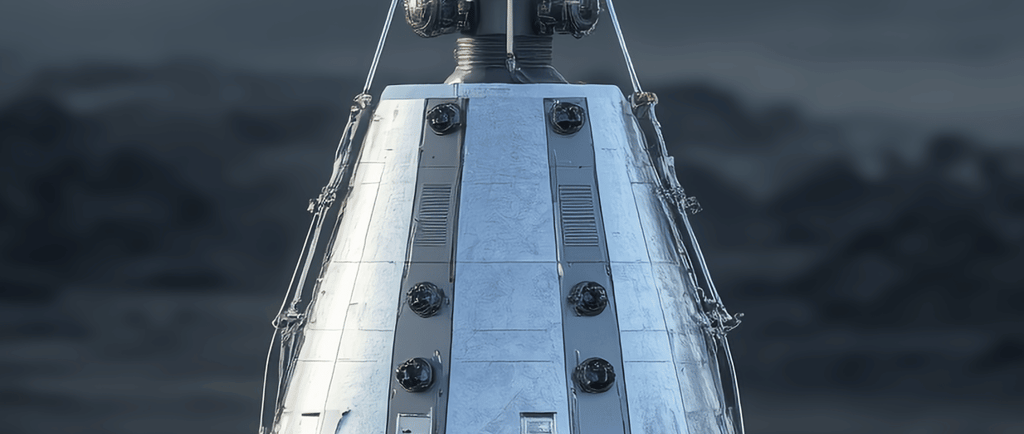Decaying Orbit: The Impending Re-Entry of the Cosmos 482 Lander Probe


Introduction to the Cosmos 482 Lander Probe
The Cosmos 482 lander probe has captured the attention of both scientists and space enthusiasts alike due to its remarkable design and ambitious mission objectives. Launched several decades ago, this pioneering vehicle was engineered to explore the harsh atmospheric conditions of Venus. However, as time progresses, its operational orbit around the Earth has deteriorated, raising significant questions about its impending re-entry into Earth's atmosphere, which is anticipated to occur between May 7 and May 13, 2025.
The Decay of the Probe's Orbit
The decay of the Cosmos 482's orbit can be attributed to several factors, including atmospheric drag and gravitational interactions with celestial bodies. As the probe drifts closer to Earth, it encounters increasingly denser layers of the atmosphere, accelerating its rate of descent. Scientists have been closely monitoring the trajectory and speed of the probe's descent, as both dynamics play a crucial role in determining whether the spacecraft will make a safe landing on the planet's surface.
Potential Outcomes of Re-Entry
One of the most intriguing possibilities surrounding the re-entry of the Cosmos 482 lander probe is its ability to survive the transition from the cold vacuum of space to the fierce heat of Earth’s atmosphere. Designed to withstand extreme temperatures and pressures, the probe has an array of thermal protection systems similar to those used on other successful atmospheric re-entry spacecraft. If luck is on its side, the Cosmos 482 may not only withstand the heat but find itself landing safely on the Earth's surface.
The implications of such a landing are monumental. Should the probe indeed survive and make it to the ground, it could provide invaluable data and insights into the conditions during its descent. Researchers are eager to examine what remains of the probe and to draw conclusions about its lifespan and the durability of spacecraft materials. This information could ultimately influence the design and engineering of future exploratory missions.
In conclusion, as the Cosmos 482 lander probe continues its descent towards Earth, the scientific community eagerly awaits its fate. The expected re-entry between May 7 and May 13, 2025, offers a unique opportunity to study the intricate dynamics involved in atmospheric re-entries. Although the Cosmos probe was initially intended for Venus exploration, its journey around Earth may provide unexpected contributions to our understanding of the durability and performance of space vehicles under extreme conditions.
